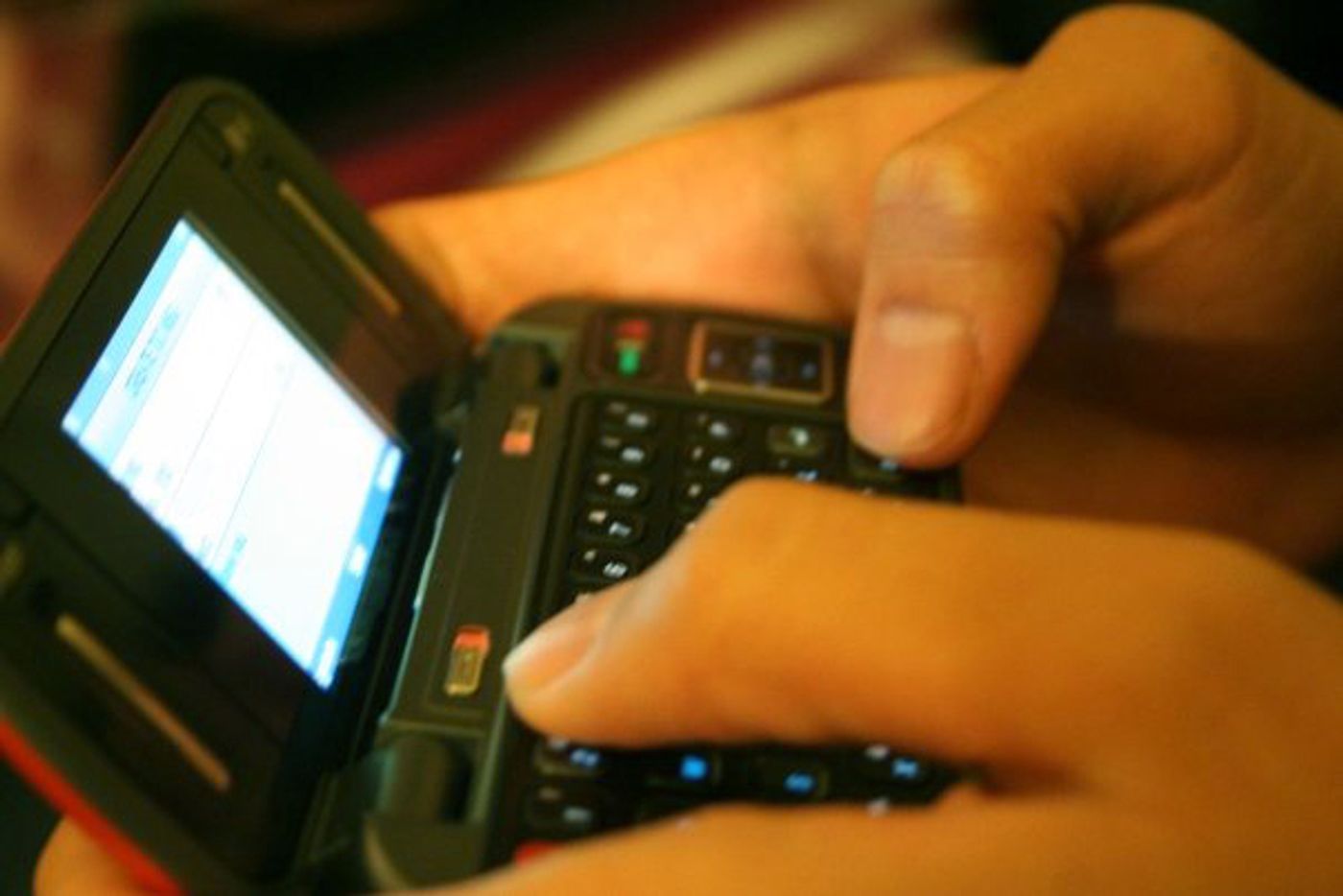Anyone who has ever tried to speak to someone who is engrossed in a video game or a television program knows that the viewer might not even know they are there. We’ve all been that person, asking once, twice and even three times for a child to put down the Xbox controller or turn off the football game. According to recent research there might actually be some science behind why a person engaged visually cannot actually hear what’s going on near them.
A study conducted at the University College of London and published in the Journal of Neuroscience has looked at this phenomena and their results suggest that a person who is involved in a complex visual task is actually deaf to certain sounds around them. It’s called “inattentional deafness” and it’s a real thing.
It's not the first time researchers have explored this disconnect.
Research from 2011 done at Oxford had study participants listening to white noise through headphones while engaged in a complex visual task. Partway through the task an audible tone was played into the headphones, interrupting the white noise. In that study, 80% of participants said they never heard the tone.
The more recent research at UCL incorporated brain scans into the mix to see if they could discover why people concentrating visually on something seemed to go temporarily deaf.
In a press release from the university, co-author of the study, Dr. Maria Chait of the UCL Ear Institute said, "This was an experimental lab study which is one of the ways that we can establish cause and effect. We found that when volunteers were performing the demanding visual task, they were unable to hear sounds that they would normally hear. The brain scans showed that people were not only ignoring or filtering out the sounds, they were not actually hearing them in the first place."
Professor Nilli Lavie from the UCL Institute of Cognitive Neuroscience (who was also involved in the 2011 research at Oxford)
told Time.com "Inattentional deafness is a common experience in everyday life, and now we know why," says co-author "For example, if you try to talk to someone who is focusing on a book, game or television programme and don't receive a response, they aren't necessarily ignoring you, they might simply not hear you! This could also explain why you might not hear your train or bus stop being announced if you're concentrating on your phone, book or newspaper. This has more serious implications in situations such as the operating theatre, where a surgeon concentrating on their work might not hear the equipment beeping. It also applies to drivers concentrating on complex satnav directions as well as cyclists and motorists who are focusing intently on something such as an advert or even simply an interesting-looking passer-by. Pedestrians engaging with their phone, for example texting while walking, are also prone to inattentional deafness. Loud sounds such as sirens and horns will be loud enough to get through, but quieter sounds like bicycle bells or car engines are likely to go unheard." Check out the video below for more information on this study.









